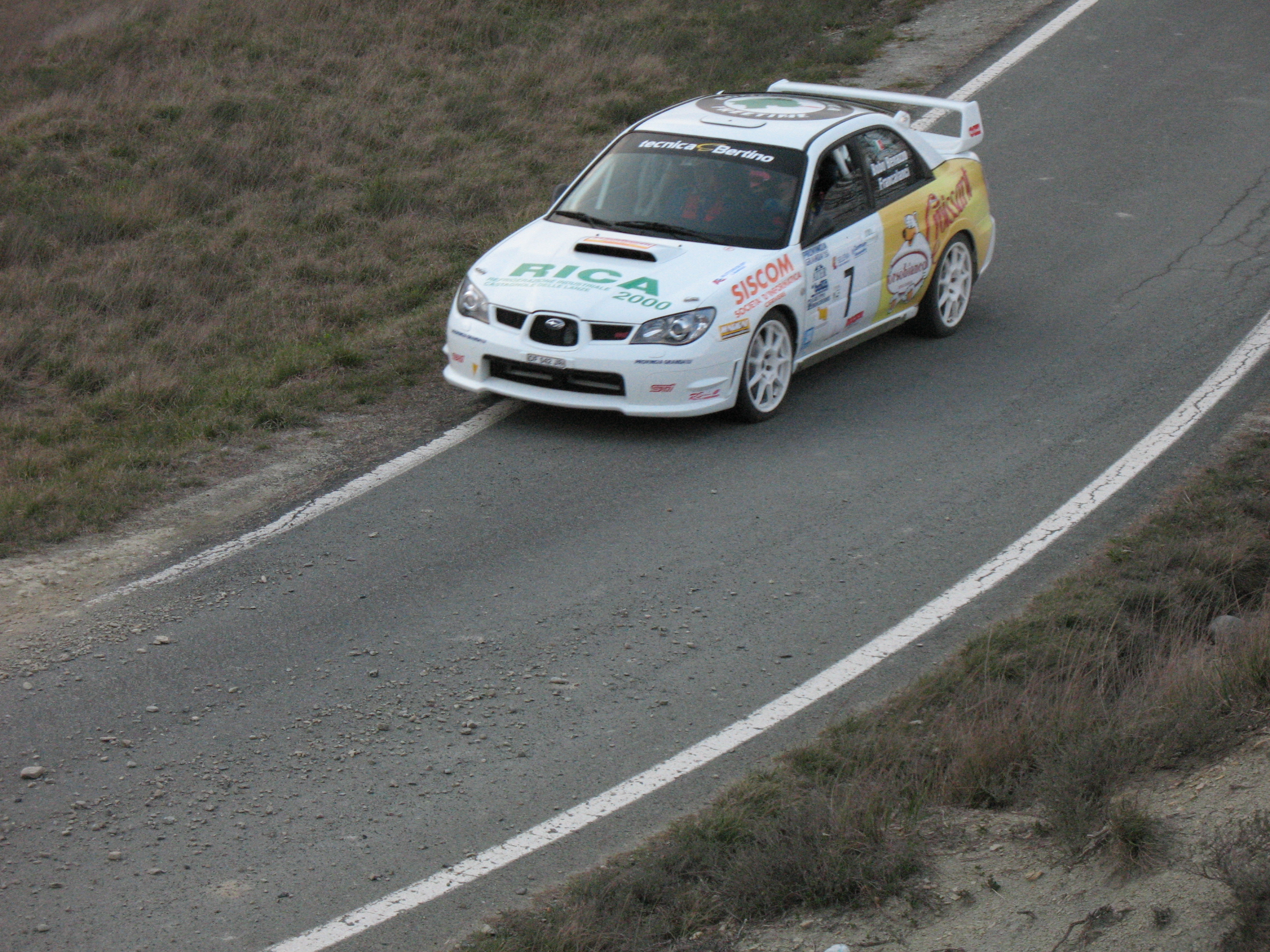Group N
 In relation to international motorsport governed by the FIA, Group N refers to regulations providing "standard" large-scale series production vehicles for competition. They are limited in terms of modifications permitted to the standard specification by the manufacturer making them a cost effective method of production vehicle motorsport. Often referred to as the "showroom class", Group N contrasts with Group A which has greater freedom to modify and tune the cars to be more suitable to racing. Both groups may have the same or similar models homologated by a manufacturer.
In relation to international motorsport governed by the FIA, Group N refers to regulations providing "standard" large-scale series production vehicles for competition. They are limited in terms of modifications permitted to the standard specification by the manufacturer making them a cost effective method of production vehicle motorsport. Often referred to as the "showroom class", Group N contrasts with Group A which has greater freedom to modify and tune the cars to be more suitable to racing. Both groups may have the same or similar models homologated by a manufacturer.Group N was introduced by the FIA in 1982 to replace the outgoing Group 1 as "standard touring cars". At this time there were not specific formulae for production racing cars in competition. The World Rally Championship (WRC), for example, only permitted groups A, B and N cars to compete (Group B was banned from 1987). It was not until 1997 that the World Rally Car formula was introduced and other specific formulae were introduced in later years. Both group N and A, and the details of their differences, are described in the FIAs International Sporting Code and several of its appendices.
To qualify for homologation a minimum of 2500 cars of the competing model have to be produced in the 12 months prior to homologation. The homologation period runs for seven years after every consecutive year of qualifying production of the model, with production of the model considered stopped when less than 10% (250) are made in one year. Before 1993 the production requirement was 5000. Provided by Wikipedia
-
1by Spearman P, Tomaras G, Montefiori D, Huang Y, Ahmed H, Elizaga M, Hural J, McElrath J, Ouedraogo L, Pensiero M, Butler C, Kalams S, Overton ET, Barnett S, Group N
Published 2012-09-01Article
